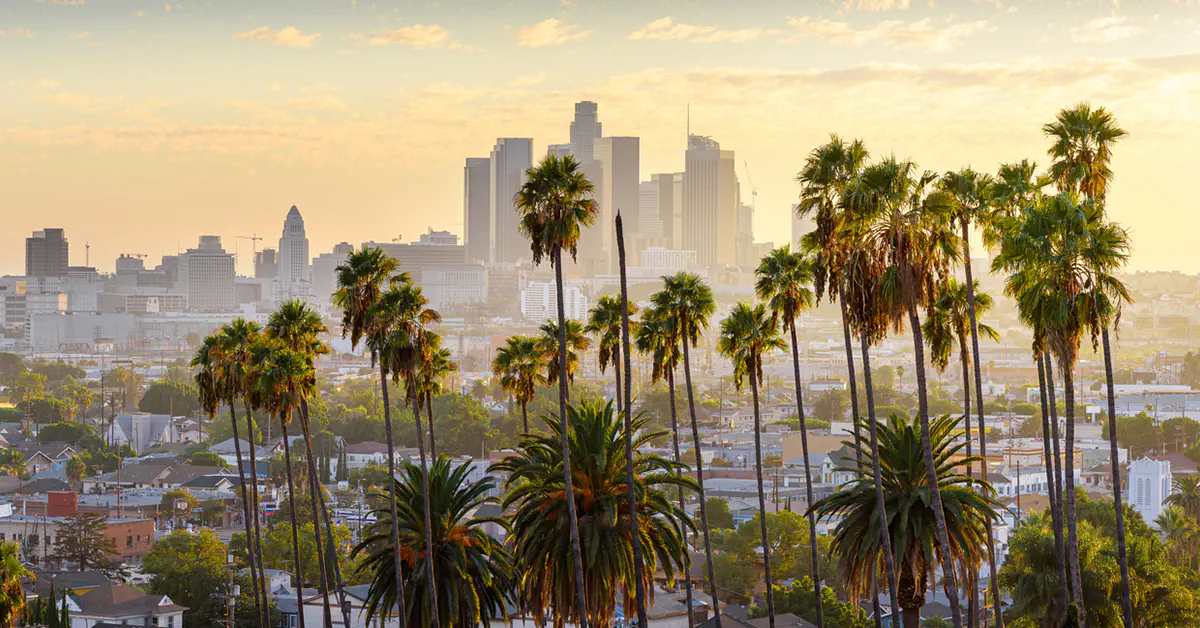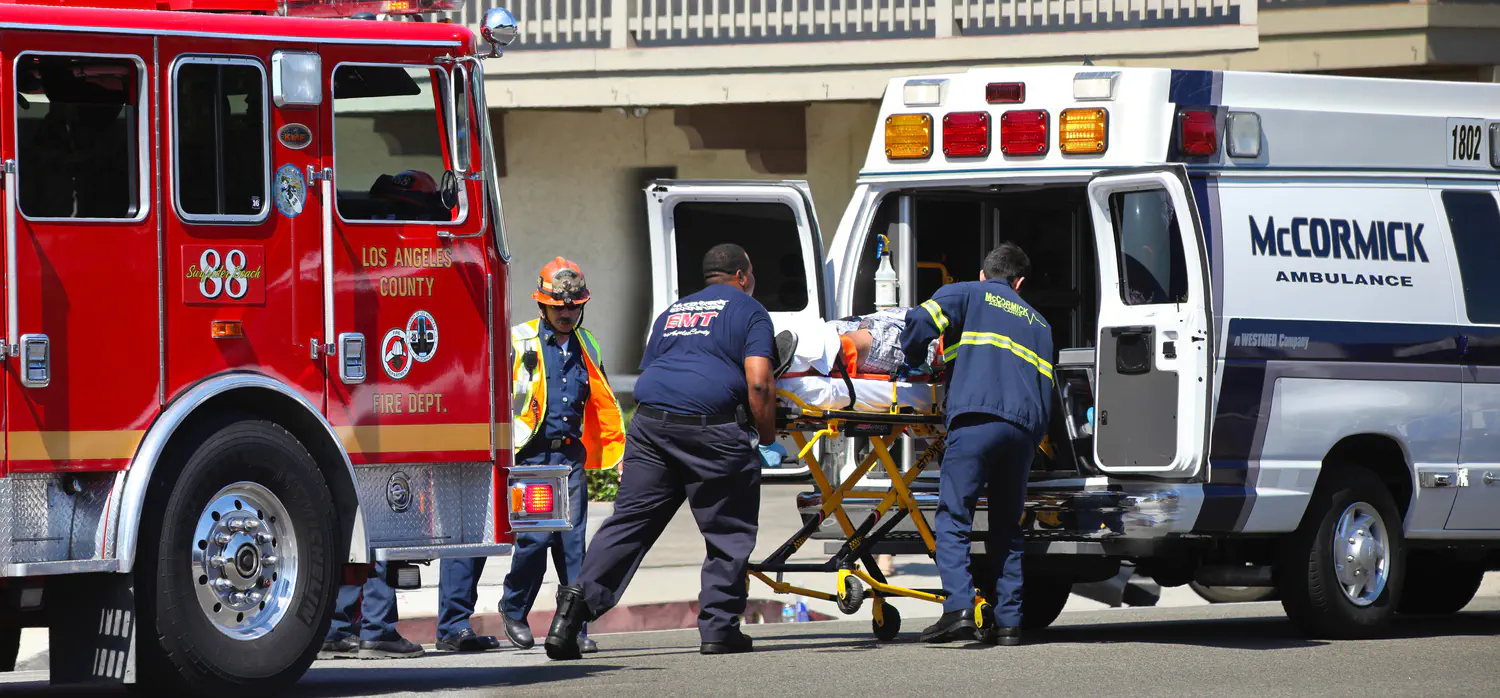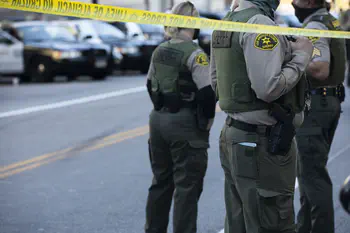Drug Rehabilitation in Los Angeles

The Greater Los Angeles area is home to a staggering 18.7 million people. This is nearly half the population of the entire state. Within an hour’s drive of Downtown Los Angeles, there are nearly 500 drug rehabs or detoxes of various types. But with some estimates of 700,000 drug users in the entire region, this is not nearly enough.1
Los Angeles County Fights Back
Los Angeles County has been aggressive in fighting this problem, establishing hotlines, walk-in counseling and referral services to try to connect those in need with the help they need. There is a constant effort to reach out to the more than 50,000 homeless adult Angelenos, nearly 25,000 of whom need help for substance abuse.2 One of the challenges of helping the homeless, according to LA County, is that homeless clients are more likely than those who have homes to experience more than one treatment admission in any year.
Fentanyl Arrives in Los Angeles
In addition to connecting those in need with drug rehabs, Los Angeles County has made tremendous improvements in the number of opioid prescriptions handed out, driving them down from 450 prescriptions per 1,000 people to approximately 250.

But with the arrival of fentanyl on the scene, the overdose death statistic did not respond to this reduction.
From its original assault on the East Coast of the United States, the powerful synthetic opioid fentanyl soon spread westward, spiking overdose death graphs. As late as 2018, 88% of synthetic fentanyl deaths occurred east of the Mississippi River.
But that trend began to change in 2018. By 2020, the number of fentanyl deaths in Los Angeles County alone had more than doubled.3 Similarly, deaths from methamphetamine nearly doubled in this short period.
Tracking the Los Angeles County Drug Problem
Because of the county’s sophisticated data monitoring system, it is possible to examine each zip code to determine where the highest drug overdose rates are. A tiny square just east of the 110 highway in downtown has this dubious distinction. In this little square only three or four blocks on a side, 508 people per 100,000 residents died in 2020. But very few individuals actually live in this area. It is home to office buildings and the Bonaventure Hotel.4
The second-highest rate is on the north side of the San Gabriel mountains. The small community of Pearblossom and the surrounding zone experienced 409 deaths per 100,000 residents. But again, because this area only has about 1,500 residents, it doesn’t take many deaths to arrive at this rate. Six deaths in this small community would accomplish that feat.
In third place for the number of overdose deaths is the area just south of the Arts District. This is a largely industrial neighborhood, with warehouses and both small and large food distributing companies. Only 13 were required to put this zip code in third place.
But the rate per 100,000 people will not tell the whole story. The situation in Los Angeles’ Skid Row must be evaluated by different measurements. Here, the population is dense, with 24,000 people inhabiting each square mile. One news report identified Skid Row as the *“epicenter of LA’s addiction crisis. More than 12,000 homeless meth and heroin addicts pass through here each year, with thousands living in the vast network of tent encampments that line the sidewalks.”5
In 2019, there were 35,518 calls for emergency service to this area, including a record-high number of calls for overdoses and mental-health emergencies.
This is not, of course, the only neighborhood struggling with addiction. Anyone who has worked at a drug rehab knows that this problem exists in Beverly Hills, in Hollywood movie studios, out in Malibu and in the San Fernando Valley. Addiction knows no boundaries.
The Los Angeles High Intensity Drug Trafficking Area

Four counties of the five counties that constitute Los Angeles and its suburbs are sufficiently burdened with drugs that they are deemed a High Intensity Drug Trafficking Area (HIDTA). This designation enables special funding and agency support for the elimination of drug problems.
News services and the Justice Department reports on the Trafficking Area:
-
2021: $3.5 million on cocaine, heroin and counterfeit pills containing fentanyl seized in Huntington Beach.6
-
2022: $230,000 of counterfeit fentanyl pills and methamphetamine seized, ringleader in Bakersfield, seven arrests.7
-
2022: Cross-border tunnel discovered between Mexico and Otay Mesa, California. More than 1,700 pounds of cocaine, 164 pounds of methamphetamine and 3 pounds of heroin were seized.8
According to the Justice Department, there have been 90 tunnels dug under the Mexican border in the last two decades. They often extend from Tijuana to one of the many warehouses nestled next to the border wall in Otay Mesa, California. These tunnels are used to ferry both drugs and people into the U.S.
Resolving the Los Angeles Drug Problem

This problem will only be resolved by addressing it on many fronts. Schools, families, civic organizations and corporations can all contribute to the solution. Non-profits can help by distributing drug education materials and helping the addicted find recovery services. Many government agencies in the area are doing their best to provide statistics and direct funding toward solutions.
But most of those who are addicted will need drug rehab to get and stay sober. Drug rehab choices in Los Angeles range from Twelve Step meetings in church meeting rooms to luxury resort-like facilities in the Malibu hills. It’s not the drabness or extravagance of the setting that makes the difference. It is whether or not a person in drug rehab overcomes the compulsion to use drugs and learns new sober living skills. This can occur in simple surroundings or majestic ones.
Inpatient or residential drug rehabs are available in the Los Angeles area. In this type of drug rehab, a person lives in the facility so they have support day and night. For many people, inpatient drug rehab is essential to get through the transition from being a drug user to a person who knows how to create a sober future for themselves.
While there are all types of drug rehabs, what is most important is that a person makes the choice to start changing their life. It is often up to the family to help the person turn that corner. The addicted person may feel so hopeless that they don’t feel they can make that choice but a family can help them change their mind.
Los Angeles needs more drug and alcohol rehab services that use proven programs to bring about sober individuals that have the life skills to succeed after they go home. The more that drug rehab services can be made available to those who are addicted, the better. And the more often those rehabs are effective in helping the addicted achieve lasting sobriety, the better.
Sources:
-
SpectrumNews1. “LA Organization Hopes to Reduce Drug Epidemic Worsened by Pandemic.” SpectrumNews1, 2021. SpectrumNews1 Article ↩︎
-
LA County. “Los Angeles County’s Specialty Substance Use Disorder Treatment System.” LA County, 2021. LA County Publication ↩︎
-
National Institutes of Health. “Steep increases in fentanyl-related mortality west of the Mississippi River: Recent evidence from county and state surveillance.” NIH, 2020. NIH Article ↩︎
-
LA County. “Data Report: Accidental Drug Overdose Deaths in Los Angeles County During the COVID-19 Pandemic.” LA County, 2021. LA County Publication ↩︎
-
NY Post. “The moral crisis of Skid Row, LA’s most notorious neighborhood.” NY Post, 2020. NY Post Publication ↩︎
-
NBC Los Angeles. “Two SoCal Residents Arrested in Large Drug Trafficking Investigation.” NBC Los Angeles, 2021. NBC NBC Los Angeles Article ↩︎
-
LA Times. “Authorities announce 7 arrests in drug trafficking ring inquiry.” LA Times, 2022. LA Times Article ↩︎
-
U.S. Department of Justice. “Six Charged with Trafficking More Than 1,750 Pounds of Cocaine; Investigation Led to Discovery of Cross-Border Tunnel.” DOJ, 2022. DOJ Article ↩︎
